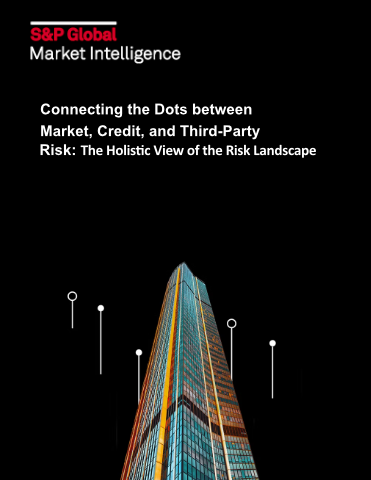FinTechTalk: Mitigating the risk of real-time payment fraud
On 11 July, FintechTalk host Charles Orton-Jones was joined by Vijay Anand, Head – Products, Digital Payments & Payments Processing, AP-EEMEA, Mastercard.
Views on news
While electronic payments remove friction at the points of transaction for consumers, they haven’t fundamentally changed the way payments are executed on the backend. Real-time payments introduced a complete overhaul of underlying payment processing in the backend.
Earlier payments took 2 to 3 days to clear, today it’s a matter of seconds, which, naturally, increases the potential for fraud. Real-time payments offer a direct path to accelerating and simplifying international commerce, because they can interconnect regional systems in a way that was impossible before - multiple real-time payment systems can interconnect with the goal of enabling cross-border payments in less than 60 seconds. Instant payment is also expected to come together with open banking and give rise to new services. There are more than 60 instant payment systems today and ISO 20022 is the standard that most systems adopt.
The best measures to prevent fast payment fraud
Attempted fraud has increased by more than 90% this year alone. As a result, authorised push payments have become more vulnerable than unauthorised ones. To secure fast payments, it’s not only the transaction analytics that is key but also a 360 review (time, geolocation, etc) of customers. The entire value chain needs to get strengthened, including, of course KYC.
Banks need to know their clients inside and out. Customer education is also a key element. There are discussions about who should take responsibility for push payment fraud, but it’s clear that banks need to be incentivised to take at least some responsibility for the losses of their clients due to push payment fraud. But if the buck stops with banks, they will refrain from fully monetising fast payments. The flow of data and data sharing lie at the heart of open banking and fast payments, so it’s bound to open some new attack surfaces. There is no silver bullet for this problem, but it’ll definitely take some collaboration between the parties of the ecosystem to solve the problem. Although collaboration is against the competitive nature of the sector, bad actors present a much bigger threat.
Unless collaborative action is taken, the banks’ trust system may be at risk. Generative AI is a useful tool for cyber criminals, but banks need to take advantage of the technology too when building personas and trying to create a 360 degree view of each customer. India is the pioneer of fast payments making up 46% of all fast payments globally. The 3 pillars that they have built their system on is digital identity, mobile phones and the payment infrastructure.
Brazil is another major player. In both countries, the inclusion of the unbanked has been an important consideration when building the system. However, the integration of siloed payment systems will be the next challenge for developers.

Business Reporter Team
Related Articles
Most Viewed
Winston House, 3rd Floor, Units 306-309, 2-4 Dollis Park, London, N3 1HF
23-29 Hendon Lane, London, N3 1RT
020 8349 4363
© 2024, Lyonsdown Limited. Business Reporter® is a registered trademark of Lyonsdown Ltd. VAT registration number: 830519543





